The Paragraph Function – An Activity for Modeling Rational Functions
There are tons of data collection activities out there. But, the Paragraph Function activity is different. It’s easy to find data for linear, quadratic, and exponential functions. But what about rational functions?
I was lucky enough to get to experience this activity first-hand at a Common Core Workshop I attended (OGAP – Oklahoma Geometry and Algebra Project.)
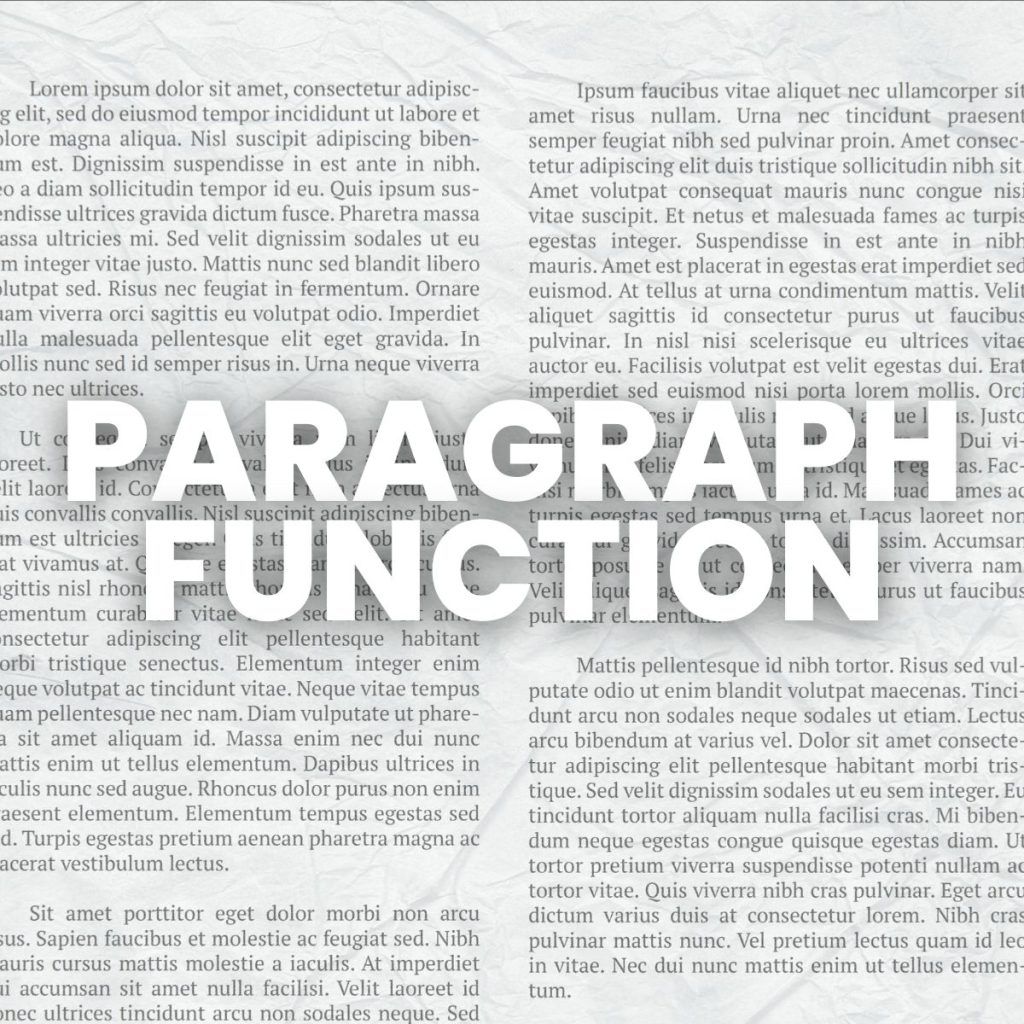
This activity is by Tim Erickson and comes from a collection of data collection activities created for an introductory physics class. You can download the file here. The same publishing company that made this file available for free has some other files online that may be of interest.
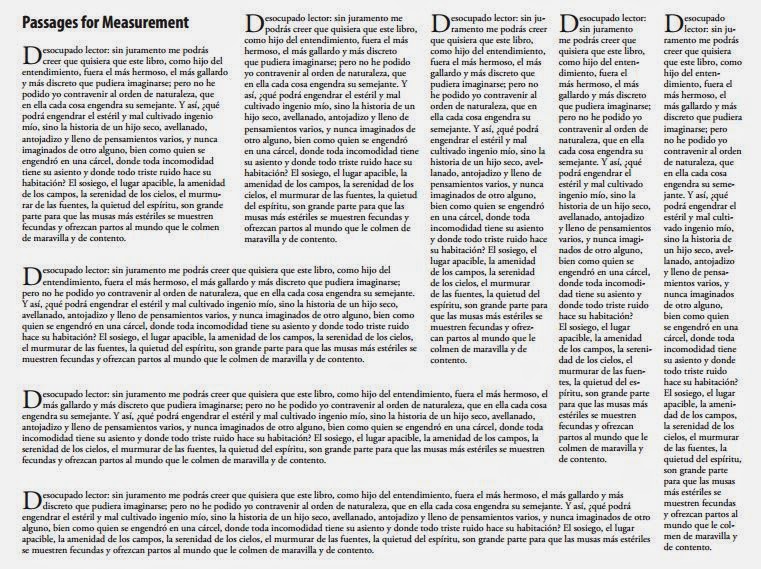
The activity begins by giving students this page of paragraphs to measure. Ask students: what is constant on this page? What is changing from paragraph to paragraph?
Measure the width (x) and length (y) of each paragraph. Record your data in a table and create a scatter plot. Predict the mathematical model that would best represent this data. Find a regression equation that models this situation. Why is this appropriate?
To be honest, my unit on rational functions has always been BORING. I’m hoping that my students will be able to see why this must be modeled by a rational function. After all, would it ever be possible to have a width of zero? Can’t wait to try this out with my students! (Plus, it also fits in some much needed measurement practice. My students are the WORST at reading rulers.)
More Activities for Teaching Rationals
- End Behavior of Rational Functions Stations Activity
- Finding Common Denominators of Rational Expressions Activity
- Identity Crisis Task Involving Rationals
- Complex Fraction Task from Blitzer
- Finding Asymptotes Foldable
- Adding or Subtracting Rational Expressions Foldable
- Complex Fractions Graphic Organizer Notes
- Solving Rational Equations Foldable
- Rational Expressions Question Stack Activity
- Rational Expressions Killing Cats Poster
- Complex Fractions Notes
- Multiplying and Dividing Rational Expressions Notes
- Adding and Subtracting Rational Expressions Notes
- Simplifying Rational Expressions Notes
- The Paragraph Function – An Activity for Modeling Rational Functions



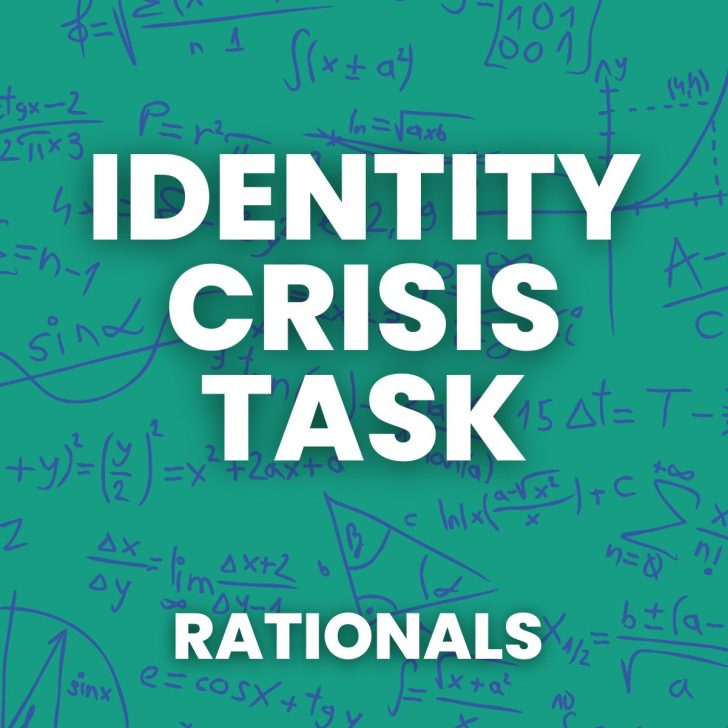
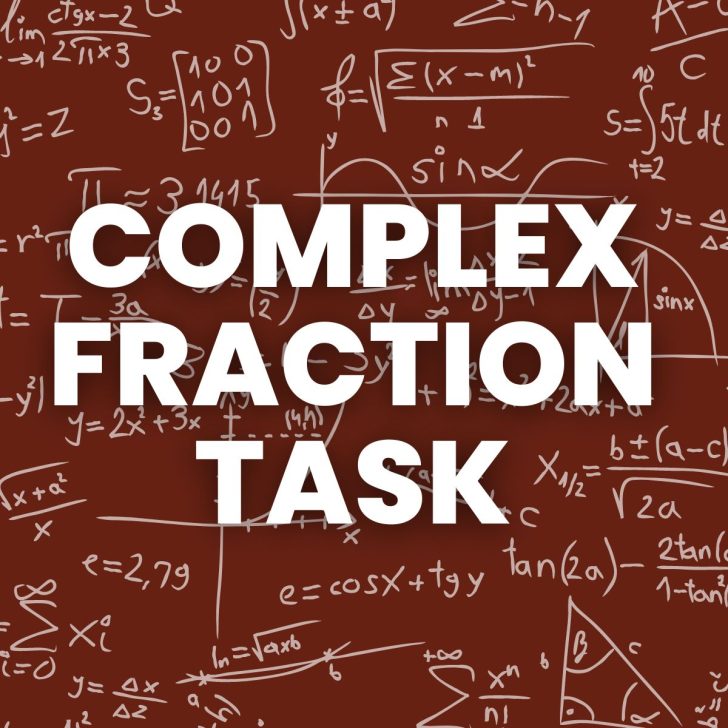
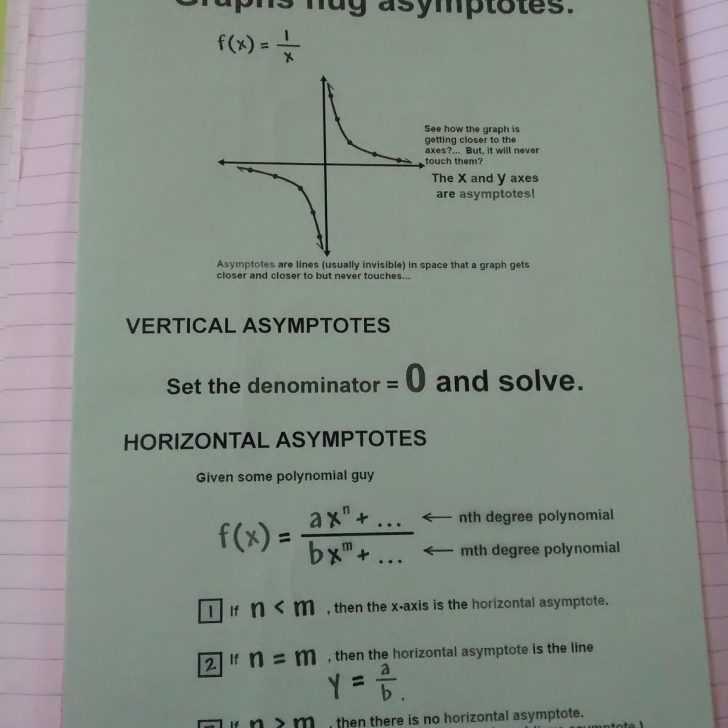

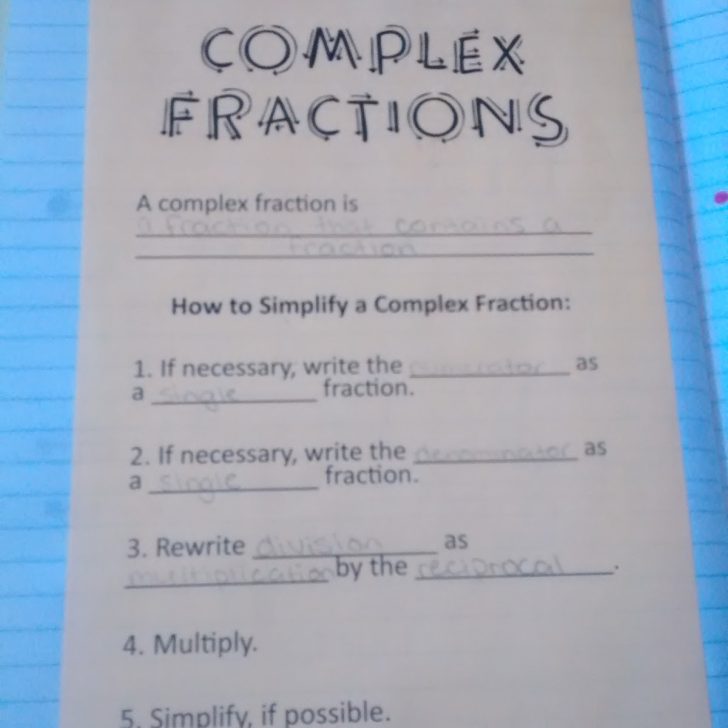
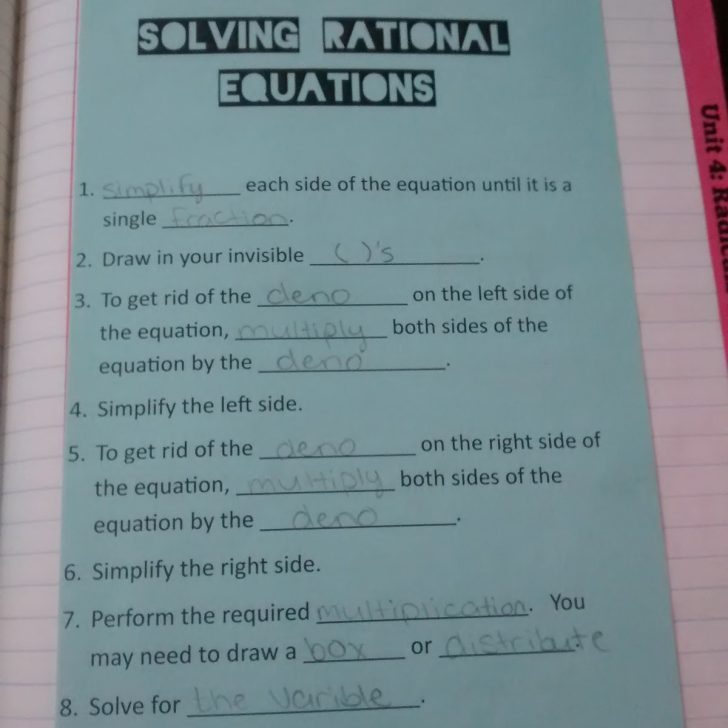


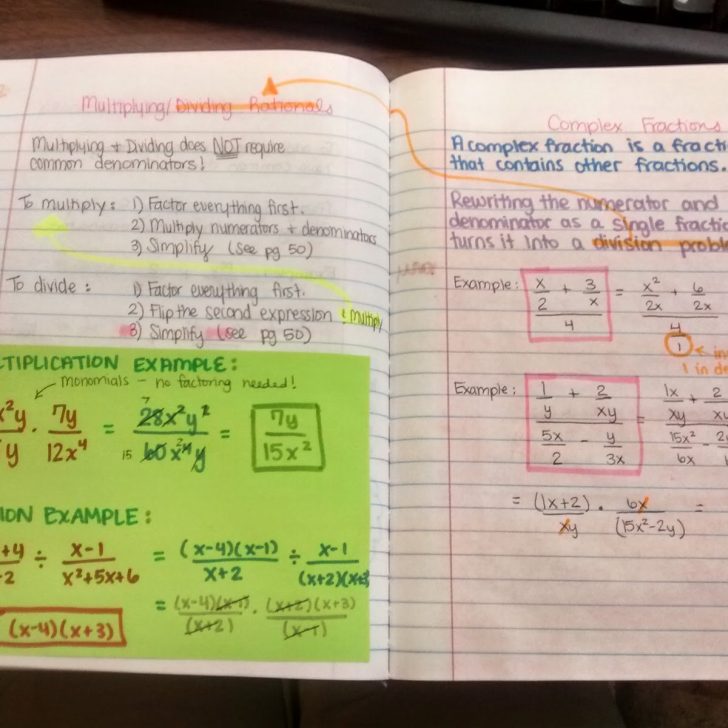
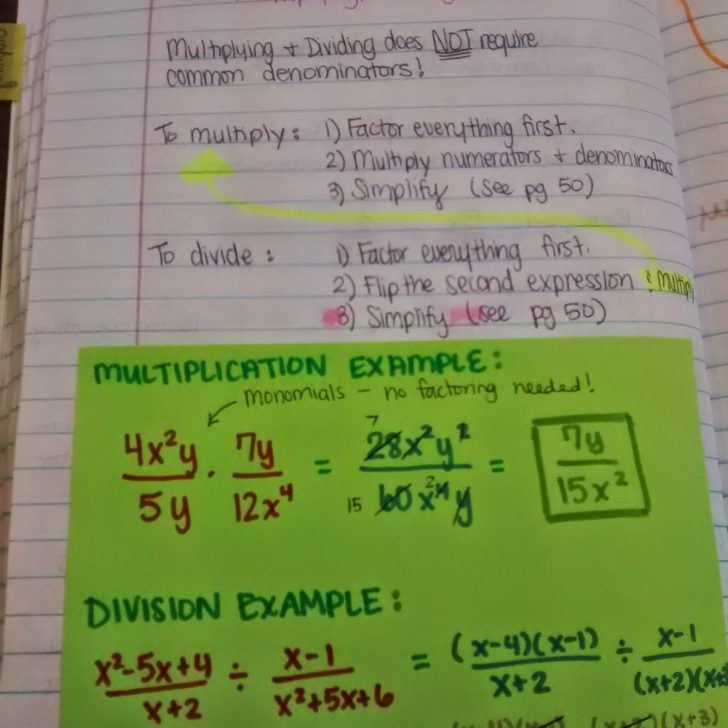
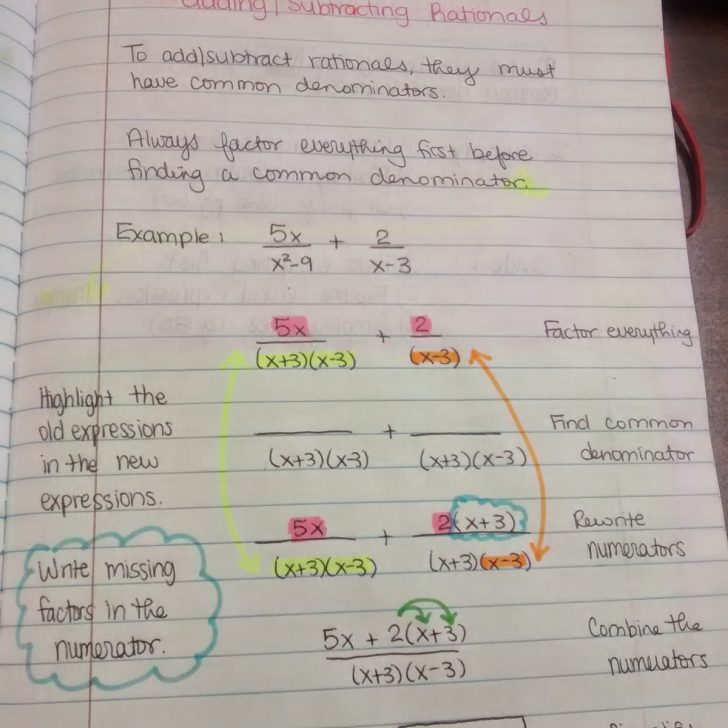
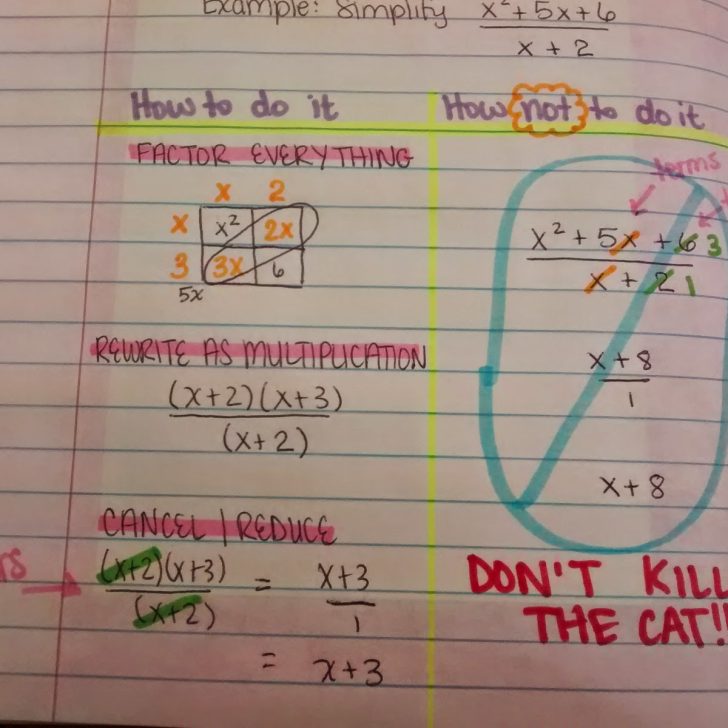

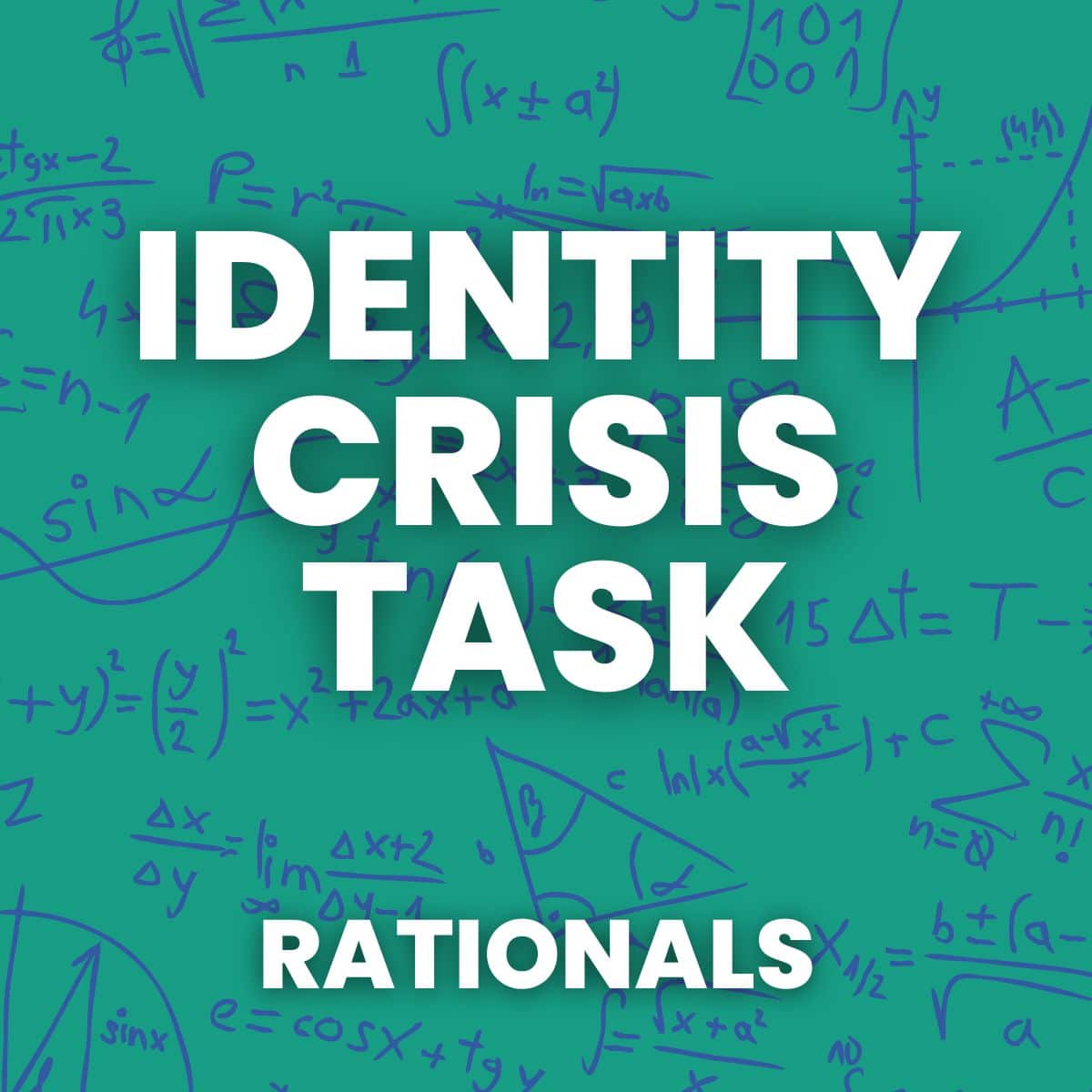



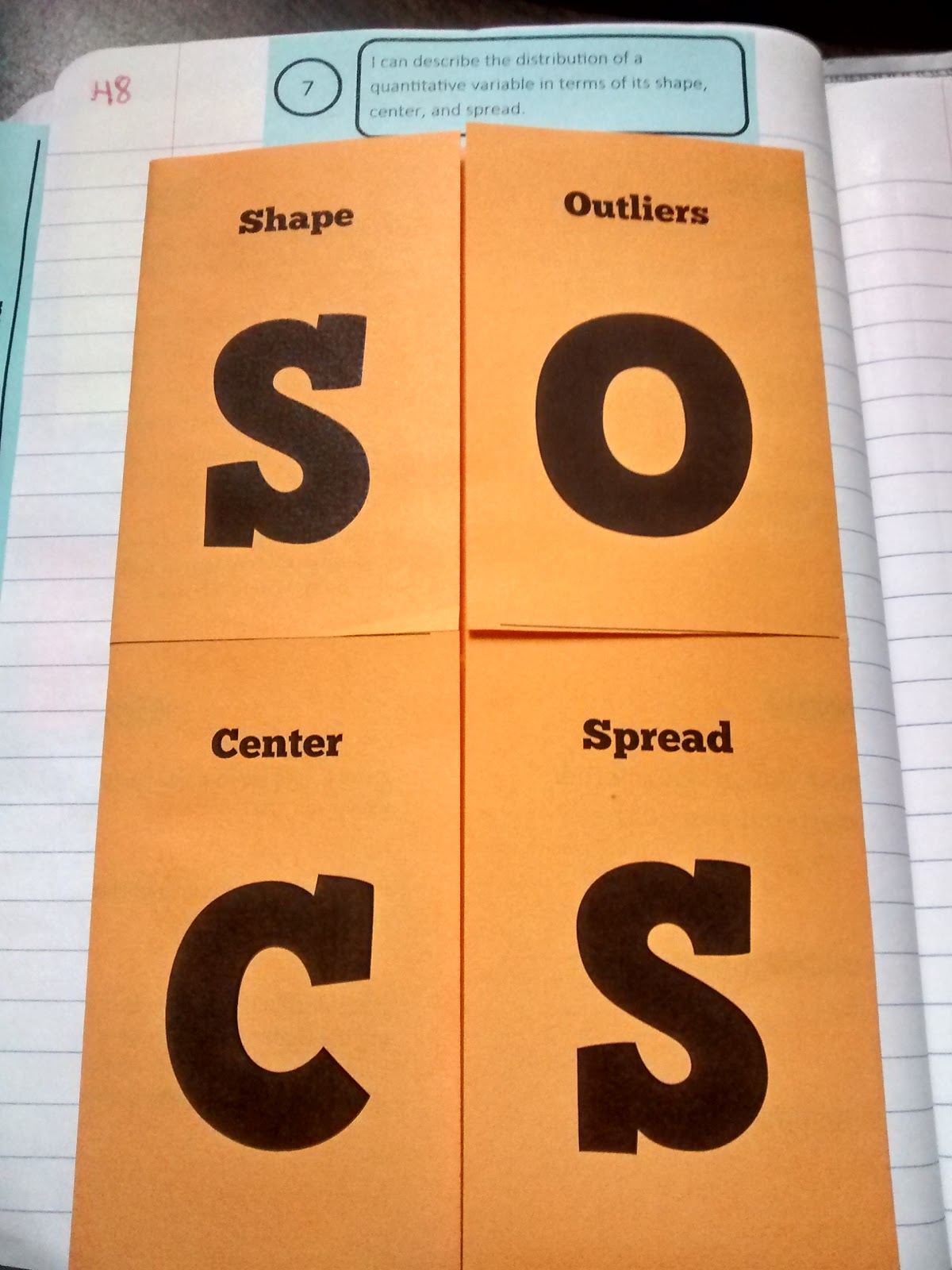

Wow! So impressed with all the resources – great for Common Core or state standards! One thing I've noticed now that I'm teaching an elective (German) rather than math is that there is less pressure from high-stakes testing but also correspondingly less financial and professional development support. World languages are much further down the priority ladder than math and English. I guess everything has its advantages and disadvantages.
Did they explain how Tickets in the door differ from homework or bellwork? And what to do with less motivated kiddos who would be happy not to be admitted to the classroom? 🙂